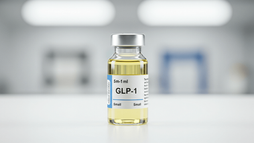

Exploring Ways to Treat Liver Cancer: A Holistic and Medical Perspective
Explore how medical and holistic methods work together to support effective liver cancer treatment and improve overall health.


Patient Experience & Medical Billing Services: Earning Trust by Making Things Straight
Discover how clear communication and ethical practices build lasting trust between patients and providers.


How Family Fitness Promotes Healthy Generational Habits
Explore the concept of family fitness: a fun way to bond while promoting health and happiness for all ages.


Is it possible to microdose with GLP-1 meds?
Discover how microdosing with GLP-1 meds can manage appetite and support blood sugar. Learn about the benefits and strategies of GLP-1 meds.


Tailored Care Management: A New Approach to Health
Explore tailored care management and its importance in creating personalized healthcare solutions for each patient and family.


Mindful Therapy Group and Its Role in Healing
Discover how a mindful therapy group can help you manage stress and improve your mental health with effective counseling techniques.


Steroids: Are They Legal?
Find out where steroids are legal, their approved medical uses, and the legal risks of misuse. Stay informed before using performance enhancers.


What To Do About Bodily Pain
Find out how to identify triggers and ease discomfort with proven self-care and recovery methods.


6 Questions to Ask Before Your First Acupuncture Visit
Get the most from your first session! Learn the 6 key questions to ask before acupuncture for a safer, more effective experience.







